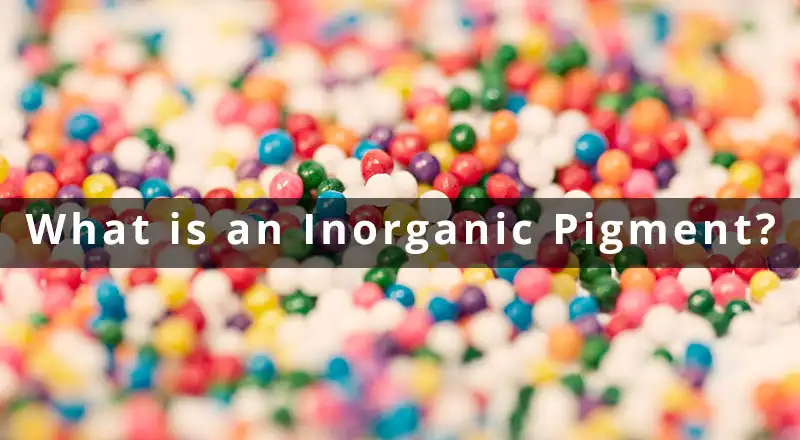Dec 27, 2017
What is an Inorganic Pigment? Advantages of Inorganic Pigments
When it comes to coloring compounds, there are two types of pigments that are normally used; organic and inorganic pigments. But, the question is, which one is better? Well, if you have to judge by coloring compounds, then inorganic pigments are way ahead of others. The main reason why inorganic pigments are so much in demand is because they are made from sulphides and oxides and also have essential mineral compounds. All these help in keeping the color stability perfect in every stage. So, if you have to choose from a range of pigment colors, try to pick from the inorganic section. This will have a better effect overall. Apart from the composition of the color, there are various other advantages of using inorganic pigments. Given below are some of them:
- More durable – one of the biggest drawbacks of pigmented colors is their inability to hold the color for a long time. However inorganic pigments are well known for their color stability. If you see the pigments for cosmetics, you will understand how durable the pigments can be. Most of the pigment manufacturers in India will agree to the fact that there is nothing better than inorganic pigments when it comes to durability.
- Ability to withstand external elements – a crucial deciding factor of any pigment is their ability to withstand chemical and sunlight exposure. On using inorganic pigments, you can be rest assured that they will withstand both sunlight and chemical exposure without a second thought. The presence of mineral compounds make the pigments anti to sunlight and chemicals.
- No abrasion – there is a tendency for pigmented colors to be less rigid to molecules and more prone to abrasion. However, this is where inorganic pigments are different. Their unique abrasion resistance capability make them highly demandable in the market. In addition to being abrasion resistant, inorganic pigments are also known to increase the rigidity of the molecules and rash inhibition. Since they can increase the molecule rigidity, they automatically become opaque. This helps in preventing light from entering the object. There are very few pigments that are able to prevent light because their ability to make the molecules rigid is quite low. The most that can happen with other pigments is they will make the object translucent, but not more than that.
- Much cheaper compared to other pigments – if you check the prices of pigments from color manufacturers, you will notice that inorganic pigments are way cheaper than other pigments. Although, inorganic pigments have uncountable benefits and are used in almost every other industry, their price is definitely something noteworthy. When compared to organic pigments, the inorganic ones take less time to manufacture and their overall cost is also quite low. A reason why they are so pocket-friendly is because they are obtained from natural sources of minerals. There are times when the minerals are manufactured synthetically as well, but their low cost is mainly due to the naturally obtained minerals. This ultimately brings down the final cost of the product that is being made.
